If you regularly tune into this blog, you’ll already know that a trip to the zoo ranks pretty highly on my list of things to do if there’s one in the area. We therefore set aside a full day (and evening) to explore everything that the award-winning Singapore Zoo and Night Safari had to offer.
Singapore Zoo is located a little way out of the centre, but is easy to access by public transport; full directions are at the end of this post. Having passed on the hotel breakfast, as neither of us felt it was worth the additional fee, we broke the journey at Ang Mo Kio and breakfasted at a little food court in the station. Laurence tried nasi lemak, a rice dish cooked in coconut and pandan leaves, while I opted for an iced lemon tea. (I tend to find I have little to no appetite first thing in the morning in humid, tropical countries!) Fired up for the day, we hopped on the bus which dropped us a stone’s throw from the entrance to Singapore Zoo.
Map in hand, we set off for Treetops Trail. What sets Singapore Zoo apart from many others is its commitment to ‘open’ exhibits which, wherever possible, use natural barriers to separate visitors from the critters. A false gharial (that’s a freshwater croc native to South East Asia to you and me) lazed in its pool beneath us, its beady eyes open; around us, gibbons and tamarins swung from the treetops.
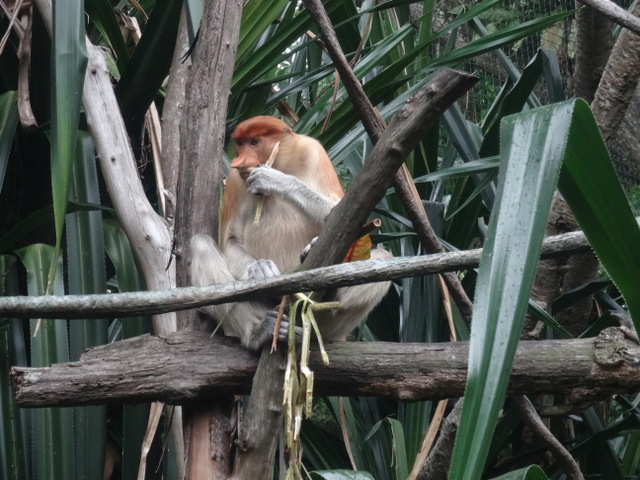
Moving on, we saw stripy tapir, a lone white tiger and a pygmy hippo with a chunky baby in tow. (I wouldn’t rate my chances if a pygmy hippo sat on me, as even though they’re smaller than a full-size hippo, they’re still pretty hefty!)
Great Rift Valley of Ethiopia was up next: a large, rocky outcrop inhabited by a troop of ninety-odd hamadryas baboons, many of which had young clinging to their bellies. Sadly, the ibex proved elusive, and despite heading back over later in the day, we didn’t spot a single one. Following the path, we came to Australasia, a walk-through wallaby and kangaroo enclosure, complete with an air-conditioned viewing room (an absolute godsend, given how humid it was outside).
Elephants of Asia, as you would expect, was home to half a dozen or so of these gentle giants. When we saw them, they were using their long trunks to snaffle food hidden in the rocks (and nudge others out of the way of said food). Singapore Zoo’s first elephant, Anusha, arrived fresh off a steamer from Sri Lanka back in 1973. She only understood Sinhalese, so the keepers had to learn the lingo too – and so was born a tradition which continues to this day, with the herd’s current matriarch, Komali.
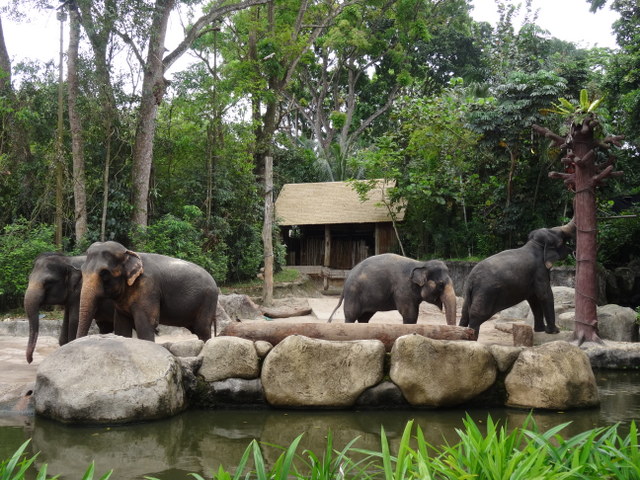
Primate Kingdom and the Free Ranging Orangutan Island and Boardwalk beckoned, an opportunity to see monkeys of all shapes and sizes swinging gracefully through the trees. I’m sure I’m not the only one to marvel at just how effortlessly they move through the trees: it’s a masterclass in the monkey bars.
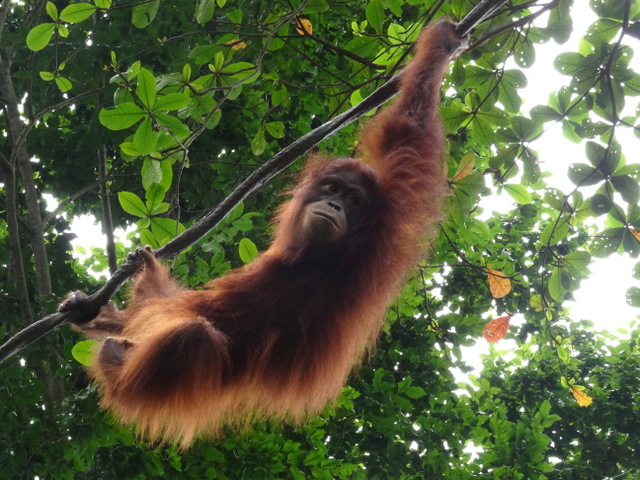
With difficulty, we tore ourselves away from the great apes and continued on to Tortoise Shell-ter. Singapore Zoo was big on animal encounters, and we spotted a number of families crouching beside the giant tortoise for souvenir photos.
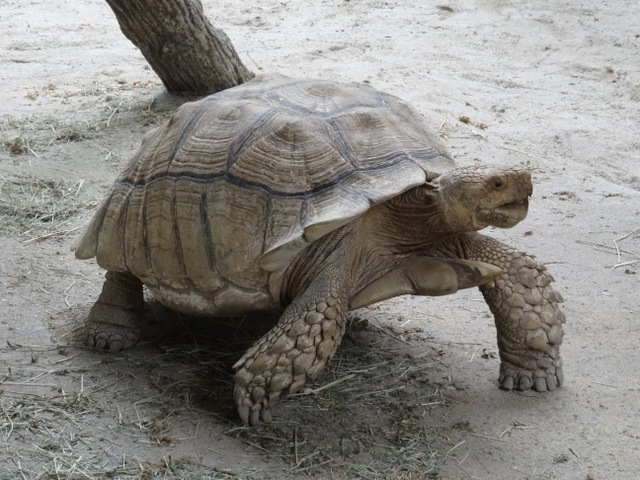
Featuring feathered and furry friends, Fragile Forest recreates the sights, sounds and smells of the tropical rainforest. Brightly coloured birds flew around the canopy, while mousedeer scurried about in the bushes beneath them. Flying foxes grasped the gnarled branches with their feet, greedily sucking on the flesh of oranges and watermelons.
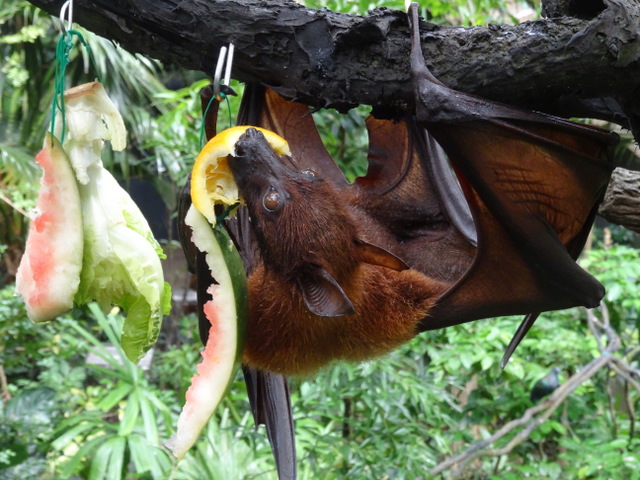
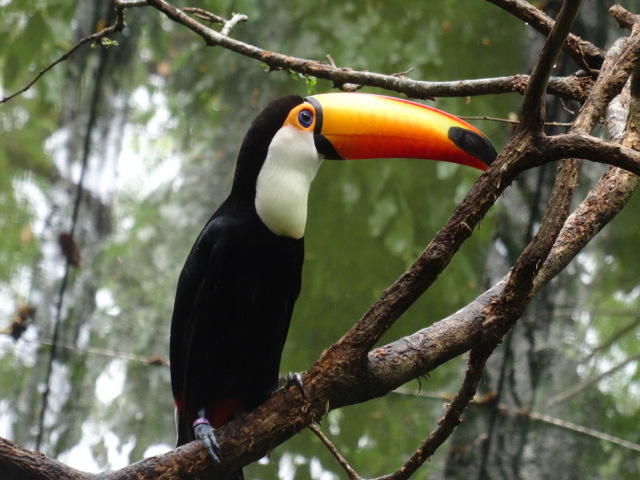
We looped through Tropical Crops next, an educational section of the zoo packed with tropical plants, including papaya and cacao trees and spiky pineapple plants. Nearby Reptopia, a new (and, more importantly, air-conditioned) attraction, housed all sorts of snakes, lizards and adorable pocket-sized frogs.
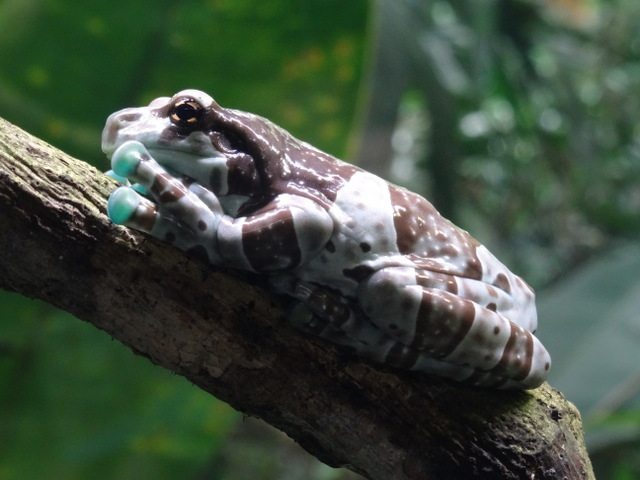
Most of Cat Country’s residents were busy having an afternoon catnap, but Wild Africa delivered with a pair of tusked warthogs and a cute rhino calf. Our final stop at Singapore Zoo was Frozen Tundra, home to a family of racoon dogs, a secretive wolverine and a (now sadly deceased) polar bear.
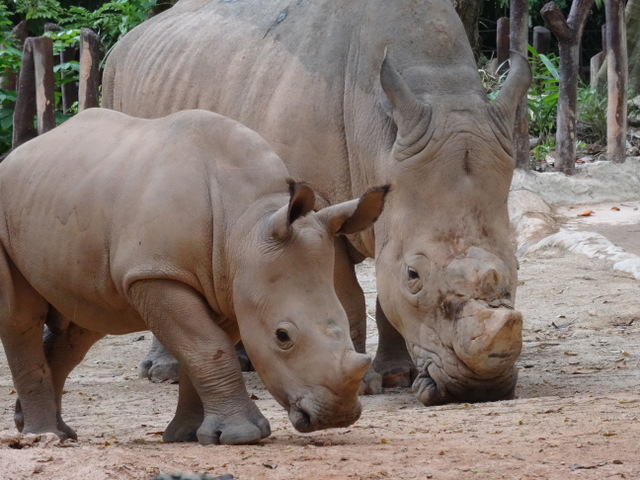
Singapore Zoo set the bar high, so we had high hopes for Night Safari. Come dusk, Night Safari’s nocturnal residents awaken from their slumber, and the world’s first nocturnal zoo comes to life. We joined the queue, boarded the tram and waited for it to depart, cameras in hand. So far, so good. Off we went, chugging away down the road towards the Himalayan tahrs . . . and off too went the audio commentary, which crackled, sputtered and died.
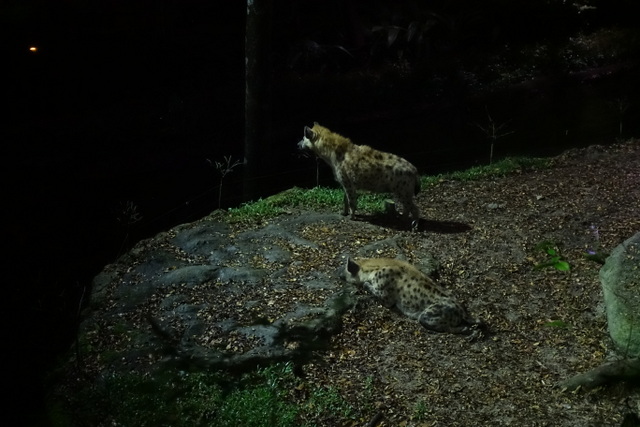
Despite having eaten many, many carrots in my lifetime, I cannot see (particularly well) in the dark, and the lack of an audio commentary made it quite difficult to place where we were on the map and figure out which animals we were supposed to be looking out for. Twenty minutes or so later, our guide picked up a colleague’s phone to play the remainder of the audio commentary, and our experience picked up. We spotted the hyenas marking their territory, a black bear lounging on the rocks and elephants sauntering about in the shadows.
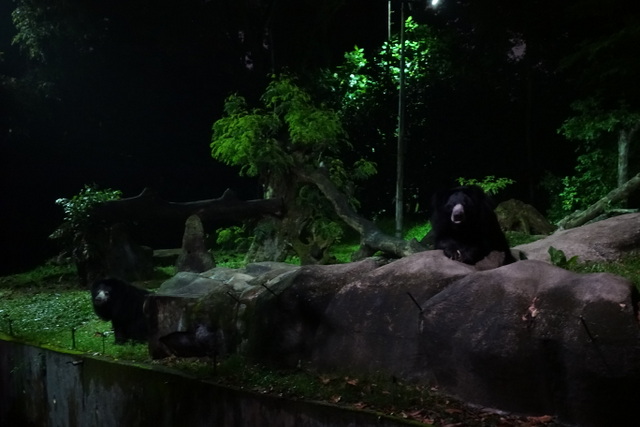
By the time our tram tour came to an end, we were itching to hit the walking trails and see more of the animals up close. The Wallaby Trail took us through a cave, stalactites hanging from the ceiling, past an utterly adorable possum and through the wallaby enclosure.
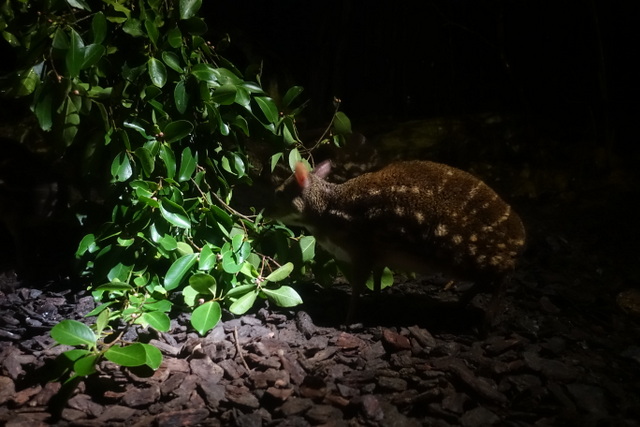
East Lodge Trail looped past the lions, babirusa and spotted hyena (and a whole host of other animals which kept their distance and stayed out of sight), before linking up with the Leopard Trail. This was arguably the best part of Night Safari, as these animals were up and about – especially the fruit bats, which didn’t hesitate in showing off their huge wingspans and swooping a wee bit close to us as they zoned in on their fruity snacks.The Fishing Cat Trail completed the circuit, and while its namesake remained hidden from view, the adorable mousedeer compensated somewhat for this.
Whilst Singapore Zoo was nothing short of cracking, Night Safari didn’t quite live up to expectations. If you’re bursting to go, go – but otherwise, it’s entirely skip-able.
Tips:
- Getting to Singapore Zoo is as easy as pie. Catch the MRT to Ang Mo Kio, followed by bus #138 to Singapore Zoo. Wildlife Reserves Singapore’s other attractions, namely Night Safari, River Safari and Jurong Bird Park, are all served by the same bus route.
- If you can, pop by a 7-Eleven (or other convenience store) in the morning and stock up on snacks – or be at the mercy of the zoo’s overpriced food stands.
- You’ll save up to 15% if you book your tickets online in advance via the Wildlife Reserves Singapore website. If you plan to visit Night Safari, pick the earliest slot you can, so that you have sufficient time to explore the attraction.